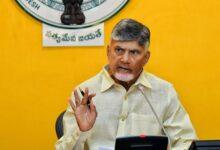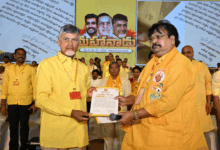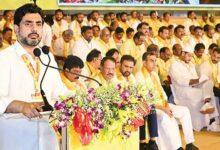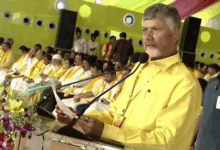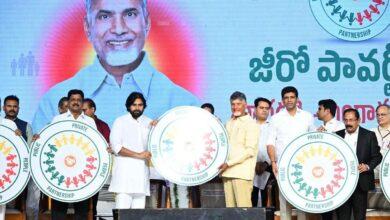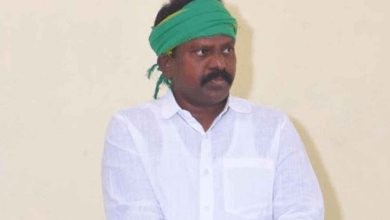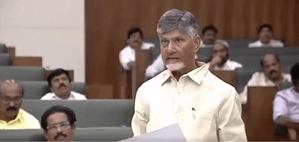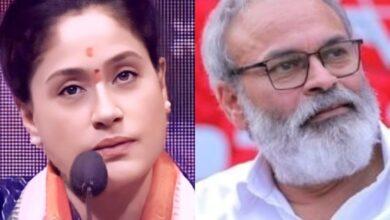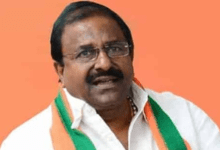
Andhra Pradesh Chief Minister YS Jagan Mohan Reddy said on Monday that the attack on him indicated that the YSR Congress Party is very close to winning big in the next month’s elections.
In his first reaction to Saturday’s stone attack on him in Vijayawada, Jagan Mohan Reddy said this would increase his willingness to serve the people, and not diminish it. He said this while addressing a public meeting at Gudivada in Krishna district.
This was his first public address after unidentified miscreants attacked him with a stone during his Memantha Siddham Yatra on Saturday.
“Maybe the wound on my forehead will recover in 10 days, but the wounds inflicted by N. Chandrababu Naidu on the poor people are forever,” said the YSR Congress Party (YSRCP) chief, who resumed his bus yatra after a day’s rest on doctor’s advice.
“… everyone is attacking me who has done everything for the people’s welfare. But I am not afraid…shooting one arrow at Arjuna does not mean that the Kauravas have won. Throwing a single stone at me will not stop the defeat of the evil and rich. Such attacks will not shake my resolve, and it means that we are so close to victory, and they are so far from it,” Jagan asserted.
He asked people if they are ready to fight against the Opposition for the welfare of the people, the future of the poor, and to continue all the schemes for another five years.
“I am standing here with courage after delivering the promises made to the people of Andhra Pradesh. On the other side, there are conspirators whose foundations are lies and deceptions,” Jagan added.
Slamming Chandrababu Naidu, he alleged that the TDP chief ridiculed the free electricity given to farmers, English medium in government schools, free houses to the poor and went to court.
“The YSRCP government has brought revolutionary changes but Chandrababu Naidu looted villages in the name of Janmabhoomi Committees. We are giving assistance and assurances to the farmers through RBKs, free electricity for nine hours during the day, and providing permanent land rights for 35 lakh acres,” the Andhra Pradesh Chief Minister said.
“In the last 58 months, we have brought enough changes which are visible in every village and household. We are the only state in the country that gives Rs 3,000 as a pension. Ten fishing harbors are coming up in the state, Bhogapuram Airport work is in full swing, and three industrial corridors, (we are) consistently topping the Ease of Doing Business ranking… furthermore, we have fulfilled 99 per cent of the promises,” he said.
The YSRCP government has also provided free medical treatment up to Rs 25 lakh in addition to village clinics, family doctors, and constructing 17 medical colleges, he added.
The Chief Minister further said that in 2014, Chandrababu Naidu formed an alliance and made promises to every household, including signing off farm loan waiver, waiving off loans for savings societies, depositing Rs 25,000 after the birth of a female child, providing unemployment benefits, and among others but he did not fulfil these promises.
Elections to the 175-member Assembly and 25 Lok Sabha seats are scheduled on May 13.

